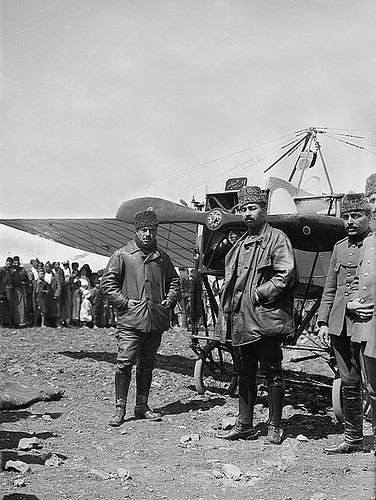 The "fifth-generation" stealth fighter -- Russia's first all-new warplane since the collapse of the Soviet Union plunged the defense industry into poverty and disarray -- flew for 47 minutes, planemaker Sukhoi said.
The "fifth-generation" stealth fighter -- Russia's first all-new warplane since the collapse of the Soviet Union plunged the defense industry into poverty and disarray -- flew for 47 minutes, planemaker Sukhoi said."It's a remarkable event," Prime Minister Vladimir Putin told his cabinet, but he suggested the plane still needed work.
"There is very much to be done, in part as regards the engine," Putin said. "But the fact that the plane is already in the air is a big step forward."
Russia's main television networks led news programs with reports of the flight and showed footage of the needle-nosed, camouflage-painted plane taking off from a snow-lined airstrip at a Sukhoi factory in Komsomolsk-on-Amur, in Russia's Far East.
"The plane performed very well. All our expectations for this first flight were met," Sukhoi spokeswoman Olga Kayukova said on Rossiya 24 television. "The premiere was a success."
Foreign journalists were not invited.
Fifth-generation aircraft are invisible to radar, have advanced flight and weapons control systems and can cruise at supersonic speeds. The new plane is Moscow's answer to the U.S.-built F-22 Raptor stealth fighter -- the world's only fifth-generation fighter yet in service -- which first flew in 1997.
Putin said the plane would first be delivered to the Defense Ministry in 2013 and serial production would start in 2015. Analysts have said it would probably be five to seven years before Russia's military gets to fly the new fighter.
Successful development of the fighter, which Rossiya 24 said has been tentatively dubbed the T-50, is crucial to showing Russia can challenge U.S. technology.
The 1991 Soviet collapse ushered in a cash-strapped time of troubles for Russia's military. Its aircraft makers have been building warplanes based on updated Soviet-era designs.
EMBARRASSING SETBACKS
Defense spending increased in the oil-fueled period of economic growth during the 2000-2008 presidency of Putin, who has encouraged pride in Russia's military might.
The military has continued to suffer embarrassing and sometimes deadly setbacks since the nuclear submarine Kursk sank in 2000, killing all 118 seamen aboard.
Several failed tests of the submarine-launched Bulava (Mace) intercontinental ballistic missile, touted by Putin as able to pierce any air defense, have troubled the Kremlin.
The Interfax news agency quoted an unidentified source as saying the new Russian plane had lowered and raised its landing gear twice during the flight and added that "the American F-35 fifth-generation jet couldn't do that (on its test flight)."
Lieutenant Colonel Marcel de Haas, Russian security researcher at the Netherlands Institute of International Relations Clingendael, was not convinced of the plane's bright future.
"My impression is that this new fighter plane is also more propaganda than a real expectancy," he told Reuters by e-mail.
Russian Deputy Prime Minister Sergei Ivanov told the cabinet more work had to be done on the engine and the armaments system. Neither he nor Putin went into details.
The new plane is important for future Russian arms sales.
In a statement on the company website sukhoi.org, Sukhoi director Mikhail Pogosyan said the company planned to develop its fifth-generation fighter program further with India, its biggest client for existing planes.
Sukhoi is Russia's largest exporter of military planes and accounts for about a quarter of the country's annual arms sales, which reached $7.4 billion last year.
Besides India and China, existing clients for Russia's weapons include U.S. foes such as Iran, Syria and Venezuela, and their purchase of an advanced new fighter could cause concern in the United States and its allies.
The U.S. Congress has banned export sales of the F-22.




No comments:
Post a Comment